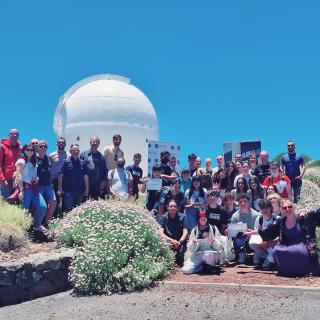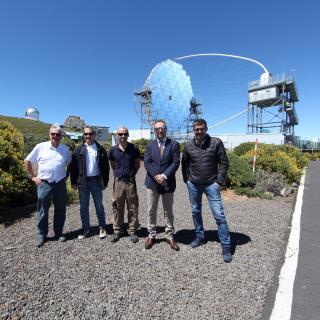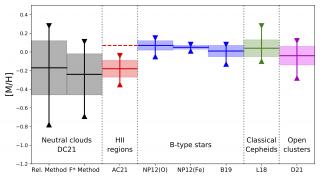
The Technical Office for the Protection of Sky Quality (OTPC, its Spanish initials) has become a model copied by other Spanish autonomous regional communities such as Catalonia, the Balearics, Analusía, Navarre, Cantabria, Castille & Leon, and Extremadura. It has also been a reference for other places in the world, such as Chile, Hawaii, and Italy. When night falls, we often think, mistakenly, that the more artificial lighting we have the better. There is more security, a greater sense of tranquility for people in general, and the important buildings are best presented. But this insistence
Advertised on




